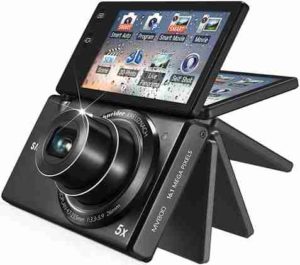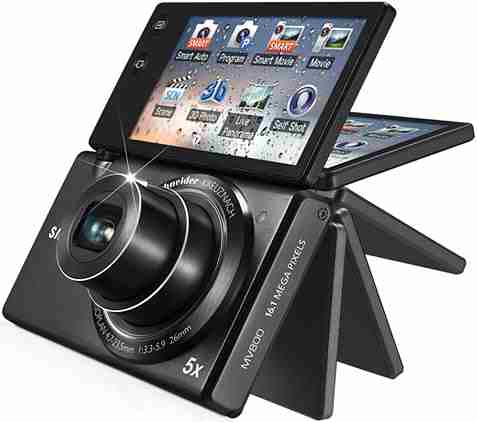 Lets get the “megapixel question” out of the way first. In today’s market, most cameras being manufactured have more than 6MP (megapixels). That means that you can print an 8×10 photo from any one of them. So megapixels are actually not important unless you are buying an older digital camera.
Lets get the “megapixel question” out of the way first. In today’s market, most cameras being manufactured have more than 6MP (megapixels). That means that you can print an 8×10 photo from any one of them. So megapixels are actually not important unless you are buying an older digital camera.
What will you be using your camera for? This is an important question to consider. Don’t just choose a camera because it is on sale at Best Buy (by the way, I always recommend buying your camera from a camera store, and an online camera store is your best bet to find what you want, when you want it).
Here are some of the things to look for in your new digital compact camera:
Image Stabilization (anti-shake) will help you take clearer photos without using a tripod.
Sensor size – larger sensors record more information in the camera so that you can print better quality prints at larger sizes (this is not necessary if you just plan to post your photos on Facebook or Flickr)
Auto or Manual control – as technology becomes more intelligent, manufacturers are moving away from manual control modes. For many folks, letting the camera make all the choices is fine, but it that you?
Face Detection is becoming more common and even multiple face detection is now available on many models.
Optical Zoom – every camera has at least 3x zoom. Do you need more zoom for travel or sports?
Video – most compacts now have video. The newer and higher priced cameras have more sophisticated video modes with much better quality output than the older cameras. This all comes at a price, of course.
Camera size and style – there is an extremely wide selection of styles, from sleek and slim like a pocket calculator to more traditionally wide and chubby. Just a hint, the larger the camera, usually, the more zoom and sensor size you can fit into the camera body.
View finder – more cameras are going away from the optical viewfinder (you know, where you have your eye right up to the camera) to an LCD viewing screen. LCDs vary in quality too, depending on the size of the screen and the number of pixels.
